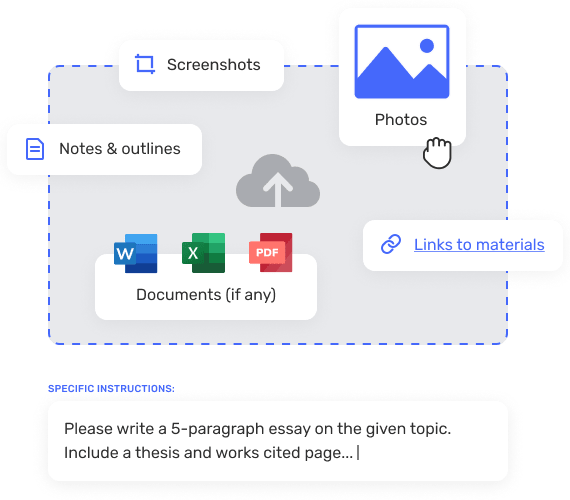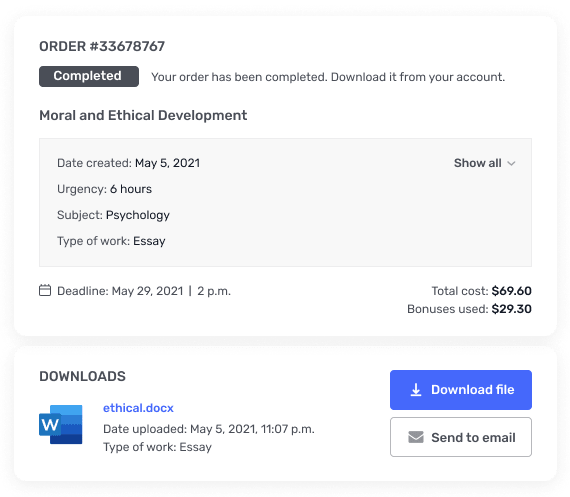The Use of Electronic Discovery in Viacom
1. The Use of Electronic Discovery in Viacom v. YouTubeIn March 2007, entertainment giant Viacom International filed a lawsuit against YouTube, thepopular video-sharing Web site on which users can upload and view video clips. Viacomaccused YouTube of “massive intentional copyright infringement” and sought over $1 billion indamages. Viacom charged that approximately 1 60,000 clips copied from Viacom’s products hadbeen posted to YouTube and viewed over 1 .5 billion times.82YouTube, which was founded in February 2005 by Jawed Karim, Steve Chen, and ChadHurley, claimed that it was legally protected by the Digital Millennium Copyright Act (DMCA) of1 998. According to the “safe harbor” provision in the DMCA, an online service provider is protected from copyright infringement liability as long as the provider does not have knowledge ofthe infringement and removes the copyrighted material once notified of the infringement.83Viacom’s lawsuit came just months after deep-pocketed Google purchased YouTube for$1 .65 billion. Just prior to the purchase, YouTube had announced three separate deals—withCBS Corporation, Sony BMG Music Entertainment, and Universal Music Group—that wouldallow the use of copyrighted material from these media groups on YouTube.84 The agreementsallowed YouTube to avoid copyright infringement lawsuits from these companies. Such negotiations, however, did not prove fruitful with Viacom. A month before filing the suit, Viacom askedthat YouTube remove 1 00,000 clips, thus making official the DMCA takedown requests.85YouTube complied with the request.86The DMCA places the burden of proof entirely on the rights holders. Rights holders have topolice any new Internet site that might post their content, document any unauthorized use, andthen notify the site’s owners. The DMCA requires rights holders to engage in detailed and costlyelectronic discovery. In July 2008, Viacom won a significant victory when the federal districtcourt of New York issued an electronic discovery order that forced YouTube to turn over copiesof the millions of infringing video clips that it had removed from its site. In addition, YouTubewas ordered to supply Viacom with YouTube’s “logging” database, which contained informationabout the login ID of users who watched each video, the number of times each video waswatched, and the IP address of the device used to connect to the video.87 This database wouldallow Viacom to determine exactly how many times each video for which it owned the copyrighthad been viewed on YouTube.The discovery ruling raised significant privacy concerns, with bloggers and consumer advocates warning that Viacom could track people who watched the copyrighted clips and take legalaction against them. If Viacom took such measures, all Internet companies whose success waspredicated on user participation could be jeopardized.88 Viacom immediately responded byissuing a press release stating that any personally identifying information would be strippedfrom the data before it was transferred to Viacom and that it would preserve the confidentialityof the YouTube data. A few months prior to the U.S. district court’s final ruling in 201 0, the court orderedtherelease of the case’s documents, and both Google’s and Viacom’s briefs were made public.90Google pointed out in one brief that as early as December 2005, users were posting over 6,000video clips a day. Google cited numerous measures it had taken to try to combat copyrightinfringement among this vast growing pool of uploaded videos. Those efforts including blockingthe accounts of users who repeatedly posted copyrighted materials. Google also described theincreasingly technical tools YouTube had developed to aid rights holders—from its search andreport infringement tool to a customized fingerprinting technology that allows YouTube to scanall posted clips and compare them with a library provided by copyright holders.Viacom briefs made extensive use of electronic discovery. One brief argued that emailexchanges dating from early in 2005 clearly showed that the YouTube founders were aware thatYouTube was a magnet for copyright infringing content and that they purposely exploited thistype of content to expand their user base. When Steve Chen noted in an email to Jawed Karimand Chad Hurley that their Internet service provider was complaining that YouTube was violating its contract because “we’re hosting copyrighted content,” Chen commented, “I’m not about totake down content because our ISP is giving us [****].” One Viacom brief also claimed thatwhen YouTube actually began to remove copyrighted content from its site in the summer of2005, the company devised a strategy to remove only some but not all this material. The briefquotes from Chen’s email: “That way, the perception is that we are concerned about this type ofmaterial and we’re actively monitoring it. [But the] actual removal of this content will be in varying degrees. That way … YOU can find truckloads of … copyrighted content … [if] you [are]actively searching for it.”91The Viacom brief further argued that the founders themselves posted copyrighted material.Chen admonishes Karim in an email, writing, “We’re going to have a tough time defending thefact that we’re not liable for the copyrighted material on the site because we didn’t put it upwhen one of the cofounders is blatantly stealing content from other sites and trying to geteveryone to see it.” Yet when Hurley expresses concerns about Chen advising that they stealcertain other movies, Chen replies, “We need to attract traffic… .”92 Presuming the emailquotes in Viacom’s brief were accurate, Viacom’s lawyers effectively used electronic discoveryto show that the founders of YouTube had knowledge of and actively participated in copyrightviolation.In July 201 0, after nearly three and a half years of legal battles, the U.S. district court ruledthat YouTube qualified for protection under the DMCA safe harbor provision. Judge Louis Stanton explained that proving that YouTube had a general knowledge of copyrighted videos thathad been uploaded to its site was insufficient. Viacom would have had to have shown thatYouTube had knowledge of specific Viacom videos that had been uploaded and had refused orneglected to remove them.93 Because YouTube had complied with all DMCA takedownrequests, he ruled in YouTube’s favor.Google saw the ruling as a victory for “the billions of people around the world who use theweb to communicate and share experiences with each other.”94 Viacom was disappointed, andon December 3, 201 0, the company filed an appeal with the U.S. Court of Appeals. Viacomargued that America’s economic future is tied to the growth of trade in intellectual property andthat this future is jeopardized if ideas are not protected under U.S. law.95As the battle rages on, however, one thing is clear. Electronic discovery played a key rolein this case, allowing the court to gain insight not only into the defendants’ and the plaintiffs’ actions, butalso into their intent. Electronic discovery clearly has the potential to create a morefully informed judicial decision-making processP




